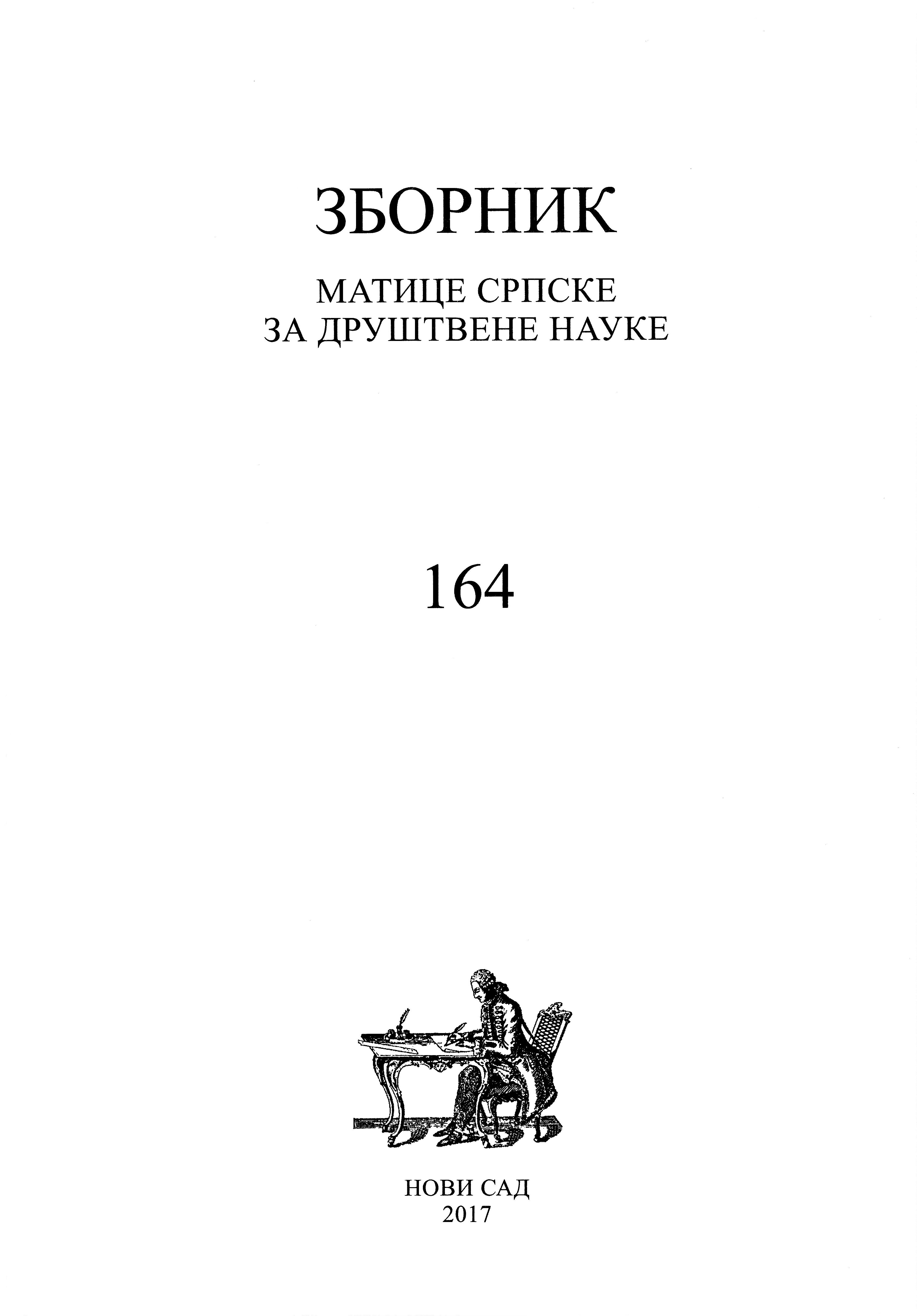Српско народно црквено појање у славу Бога и у служби етноса
Serbian Еcclesiastical Chanting for the Glory of God and in the Service of the Nation
Author(s): Vesna Sara Peno, Ivana VesićSubject(s): Cultural history, Music, History of Church(es), Eastern Orthodoxy
Published by: Матица српска
Keywords: Church Chanting of Karlovci; Fruška Gora; Metropolitan Stefan Stratimirović of Karlovci; national ideology; National Church; Serbian faith
Summary/Abstract: Shaped in complex social circumstances and in accordance with the postulates of baroque historicism, Serbian ecclesial art has expressed clear tendency toward nationalization of Serbian religious identity during the 18th century. Due to general musical illiteracy of the clerics, the real conditions for the development of chanting art in Serbian Church were nonexistent. However, by the end of 18th and at the beginning of the 19th century the myth of authentic Serbian national Church singing, being the result of special “Serbian folk piety”, was established. The construction of Serbian Church chanting tradition was primarily initialized by the growing distance from Greek psalmody in Serbian worship. In other words, because there was no historically relevant form of singing, the ancient singing of Fruška Gora and Krušedol, i.e. the singing of Karlovci, had to be constructed as an antithesis to Byzantine-Greek musical tradition. By comparing historical facts and critically reading the narrative of the origins of national Church music in the time of Metropolitan Stefan Stratimirović of Karlovci, a new interpretation of common stereotype about Serbian musical reform and its main protagonists was produced. This paper offers an original analysis of the origin of: 1) the singing of Fruška Gora, in the context of the belief that Fruška Gora, with its monasteries which preserved the memory of the golden age of Serbian history, are sacred spaces – Serbian Mount Athos; as well as 2) the singing of Karlovci, where was the centre of Metropolitanate of Karlovci and first Ecclesiastical Seminary which was connected the ungrounded belief that it was nursery of a magnificent form of church chanting by the end of the 18th and the beginning of the 19th century. This paper, also for the first time, pointed the relationship between the monasteries of Fruška Gora, as Serbian sacred spaces of great importance for national identity, and their abbots Dimitrije Krestić, Dionisije Čupić and Jerotej Mutibarić, who were, according to oral tradition, the creators of singing of Karlovci. The adequate music and historical sources that would offer us an insight into the process of musical reform that was conducted by them do not exist, but their contributions in constituting national self-awareness and “Serbian piety” are well known and documented. In conclusion, by the end of the 18th and the beginning of 19th century, but also during the entire century of “nationalism(s)”, the prayers in Serbian Church were chanted for the glory of God, although with a clear tendency to emancipate a new religious identity of Serbian people. However, the catholic ecclesial spirit of Tradition was repressed in order to fulfill the goals of ideology of religious nationalism.
Journal: Зборник Матице српске за друштвене науке
- Issue Year: 2017
- Issue No: 164
- Page Range: 651-664
- Page Count: 14
- Language: Serbian

